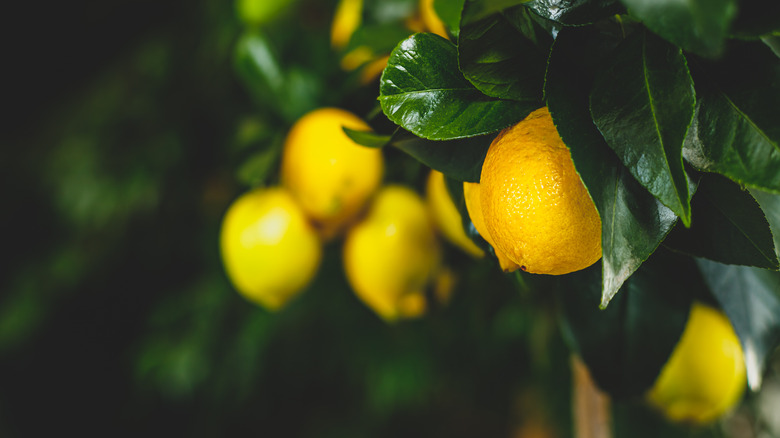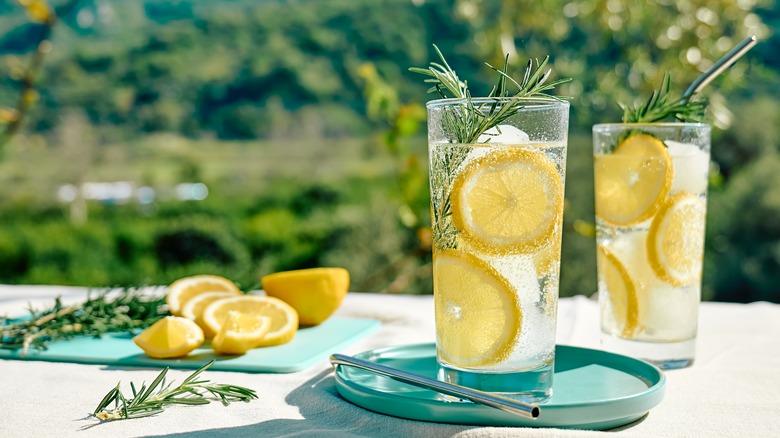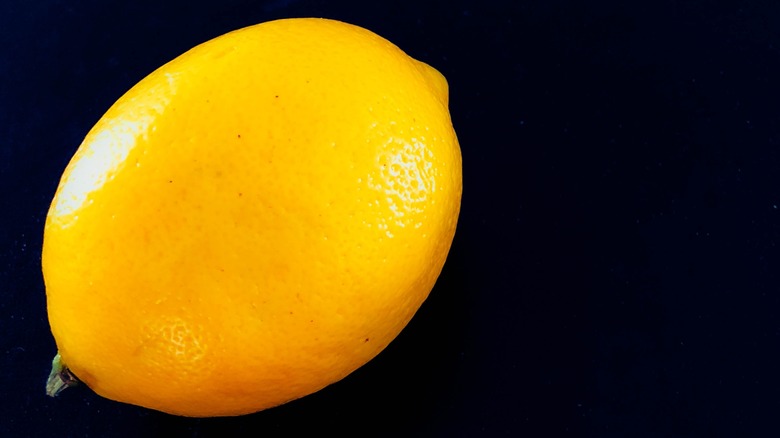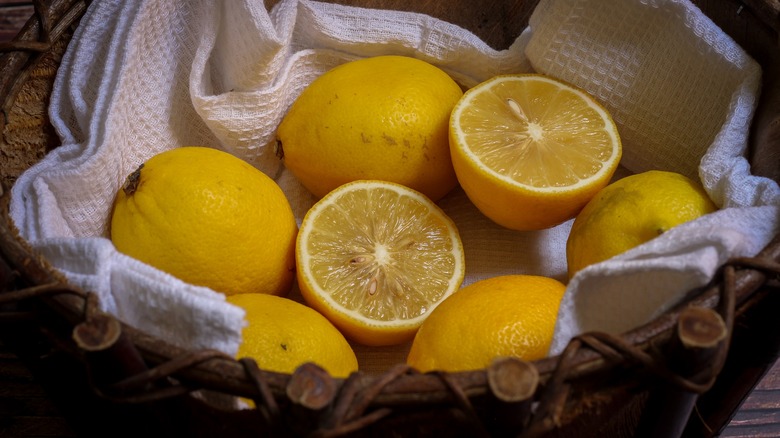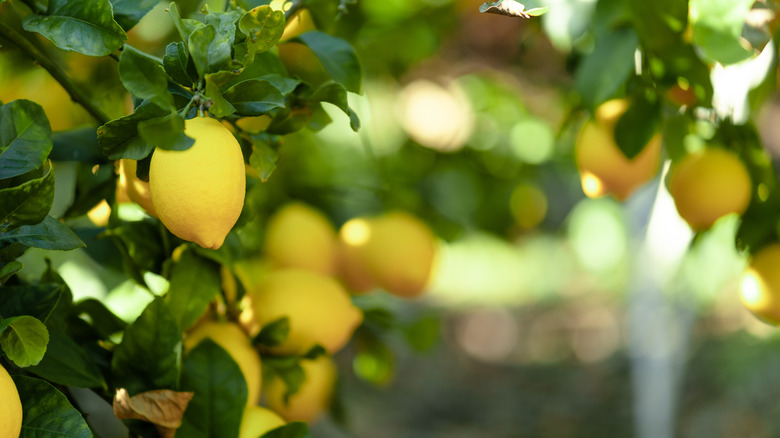What Makes Fino Lemons So Unique?
Grown in mild climates all across the globe, lemon trees are petite, with glossy dark green leaves and aromatic white blossoms before they fruit, making them beautiful additions to warm climate gardens and cool climate orangeries. Modern lemons are widely available and make frequent appearances in Iberian, Mediterranean, Moroccan, and Middle Eastern cuisine.
Lemons, with their delightfully tangy flavor, enhance the flavors of fresh salads, pasta, steamed vegetables, seafood, fish, and chicken. While popular lemon-scented confections such as sorbet, lemon curd, lemon and fresh berry tarts, cakes, muffins, scones, and limoncello liqueur, are perennial favorites for spring and summer celebrations. A generous squeeze of lemon juice in chilled sparkling water is a refreshing pick-me-up on a sweltering day. Blend freshly pressed lemon juice with a bit of honey or sugar and an ample pour of water for delicious homemade lemonade. With so many different uses it's easy to see why lemons are extremely popular.
Eat lemons for optimal health
Snature Fruits says that lemons are not just a culinary delight, lemons are healthy, too, with each lemon packing about 50 grams of vitamin C and B6, as well as magnesium, potassium, antioxidants, and fiber. Lemons get their tartness from high levels of citric acid giving them a pH level between two and three, which means that they are 10,000 to 100,000 more acidic than water, according to Healthline. Lemons stimulate the immune system, soothe sore throats, aid in digestion, cleanse the liver, and lemon water can also boost your energy. Lemons are great for the circulatory system and heart and kidney health, and may even help prevent cancer.
Ubiquitous with cleanliness, lemon-scented cosmetics, perfume, soaps, shampoos, and household cleaning products line store shelves. In actuality, lemon juice can be used to disinfect wooden counters and cutting boards, and a cut lemon can freshen your refrigerator and microwave.
Origins and varieties
Lemons originally came from Asia, but historians have not pinpointed the exact locale. In her book "Cuisine & Culture," Linda Civitello reports that Assam, India is the likely native home. The small evergreen tree was brought to Italy in the second century A.D. By the sixth century, the lemon widely was grown across Persia, Egypt, and parts of North Africa. Explorers took the fruit to Spain a few centuries later.
Plant Snap claims there are thirty or more varieties of lemons, each unique to its native region. The Andalusians (native Spaniards) first grew the newly imported lemon tree along the southern coast of what is now called Spain. However, the Catalans or the Aragons from the east took the plant with them to Valencia and higher elevations. It was in Vega Alta del Segura, a town in Valencia, that farmers cultivated a unique variety called the Mesero or Fino lemon, reveals SnatureFruits.
What sets the Fino lemon apart?
Most lemons are oval-shaped, like a marquise diamond, with protruding points on each end. However, according to Snature Fruits, the Fino lemon has more of a spherical shape, with subtle points on its ends. It is a medium sized, firm fruit, and rather than having bright yellow skin, Fino lemons have a more muted amber-citron hue. Fino lemons have a smooth exterior with aromatic zest, though, extra care must be taken when using a microplane to only remove the perfumed yellow zest and not the bitter white pith.
The Fino lemon has juicer pulp with a higher acidity level and more lemony flavor than many other cultivars. This makes it ideal for sweet and savory culinary confections. The fruit is studded with seeds though, so straining will be a necessary step when using this fragrant juice in your cooking and baking.
Where can you get Fino Lemons?
Citrus Australia indicates that the Fino lemon tree is a winter bloomer producing fruit late in the season, and is widely available in Spain and much of the European Mediterranean coastal countries. Fino lemons are an early heritage variety grown on a compact and sturdy tree that has large, lustrous, inky green leaves and a plentitude of thorns. It is resistant to frost and is hearty at cooler temperatures, making Fino lemons adaptable in the harsh and diverse climates of Spain. The Fino lemon tree produces an abundance of lemons with each harvest, adding to its widespread popularity.
Characteristically, Fino lemons are hard to find outside of their natural habitat and aren't widely exported to other countries. More recently, though, Fino lemon trees are being exported to other countries so they can grow their own. Someday, they might be commercially available in the United States, meaning foodies and chefs everywhere will be happy when they are.
